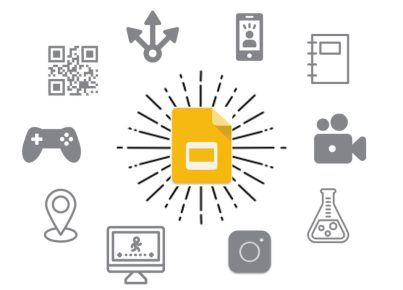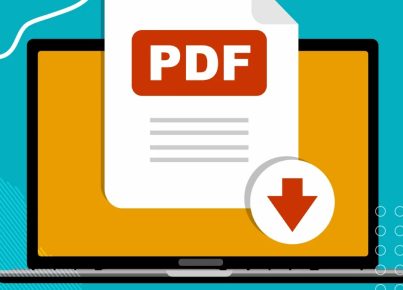Introduction
As both an educator and a lifelong learner, I have always been fascinated by the potential of technology to enhance the learning process. One product that has consistently stood out to me in this regard is Google Forms. At its core, Google Forms is a simple and intuitive tool for creating customizable surveys, quizzes, and questionnaires. However, in my experience as a teacher, I have found it to be an invaluable resource for formative feedback—a key means of improving student learning.
Why Formative Feedback Matters
Formative feedback plays a critical role in helping students understand their strengths and areas of improvement while providing targeted opportunities for growth. By incorporating their understanding of the material into lessons and homework assignments, students can take active steps toward mastering both the content and skills needed for future success.
Using Google Forms for Formative Feedback
So how do I use Google Forms to provide formative feedback to my students? Here are some practical strategies that have proven effective in my classroom:
1. Pre-Assessment Surveys: Before starting a new unit or topic, I create a simple Google Form with questions related to the material we will be covering. This allows me to gauge students’ prior knowledge and make adjustments to my lesson plan accordingly.
2. Exit Tickets: After each class session, I ask students to complete a brief exit ticket via Google Forms. This usually consists of one or two open-ended questions asking them to reflect on the content discussed during class or a specific concept they find confusing. These responses help me identify common misconceptions or areas where additional reinforcement might be needed.
3. Online Quizzes: While traditional paper-and-pencil quizzes can be effective assessment tools, online quizzes created with Google Forms offer several advantages. For one, they enable instant feedback, allowing students to recognize their mistakes immediately and adjust their thinking accordingly. Additionally, teachers can easily track student progress using the platform’s data analysis features.
4. Peer Review: Encourage students to review and provide feedback on each other’s work using Google Forms. This can be particularly useful for group projects, presentations, or essay drafting. By structuring the form so that respondents must provide specific examples of both positive and constructive feedback, students can gain a more objective perspective on their work while practicing critical evaluation skills.
5. Teacher-Student Conferences: I use Google Forms to collect feedback from my students before holding one-on-one conferences, giving me a clear picture of their progress and areas where they might need additional support. Not only does this streamline the process, but it also helps foster open and honest communication about each student’s learning journey.
Conclusion
Google Forms has become an indispensable tool in my approach to teaching and formative assessment. By offering targeted, real-time feedback to my students through various methods such as pre-assessment surveys, exit tickets, online quizzes, peer review, and teacher-student conferences, I have witnessed marked improvements in both student engagement and academic achievement. While technology itself may not be the ultimate solution to all educational challenges, tools like Google Forms can undoubtedly play a significant role in fostering meaningful growth for learners at all stages of their education.




